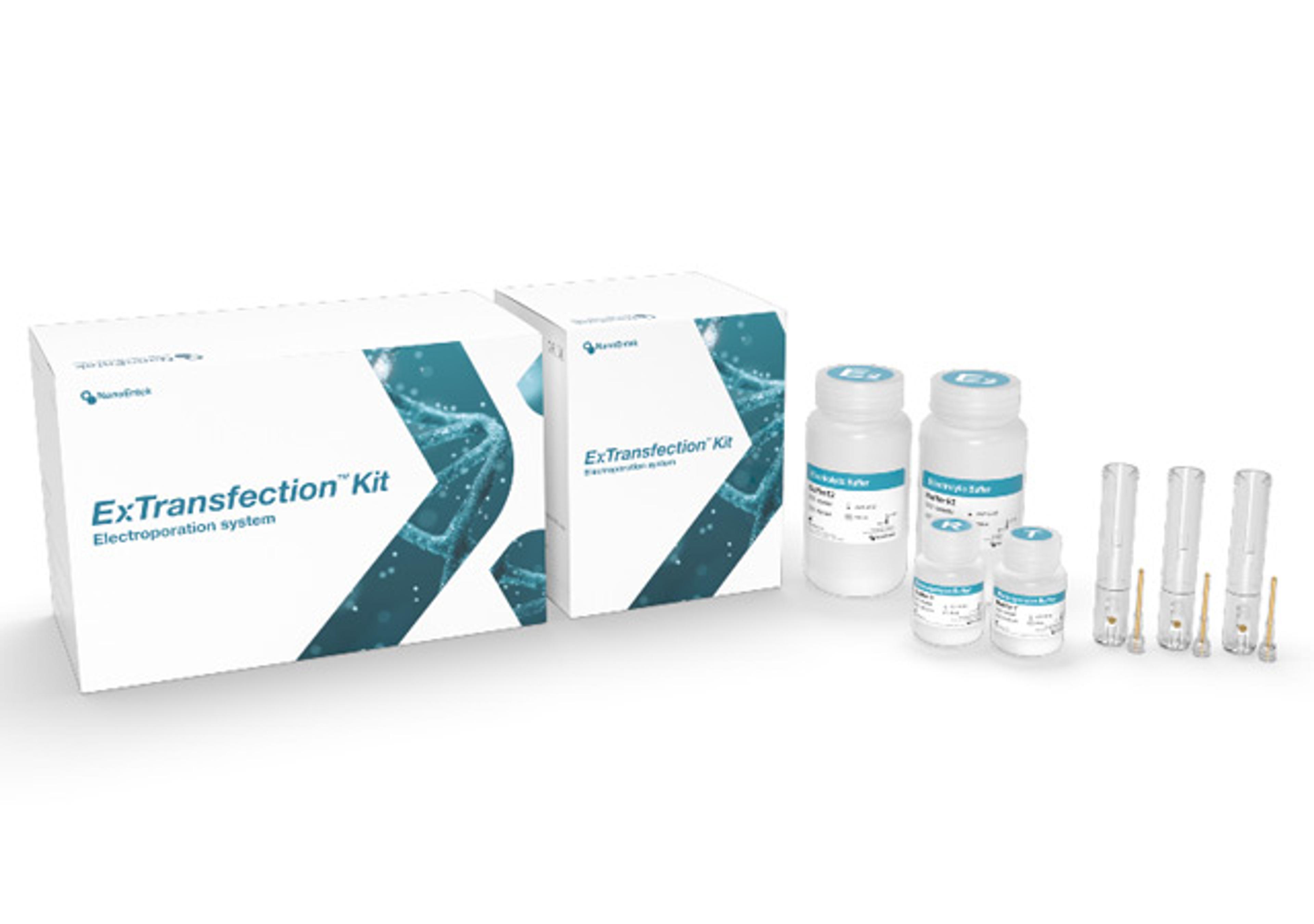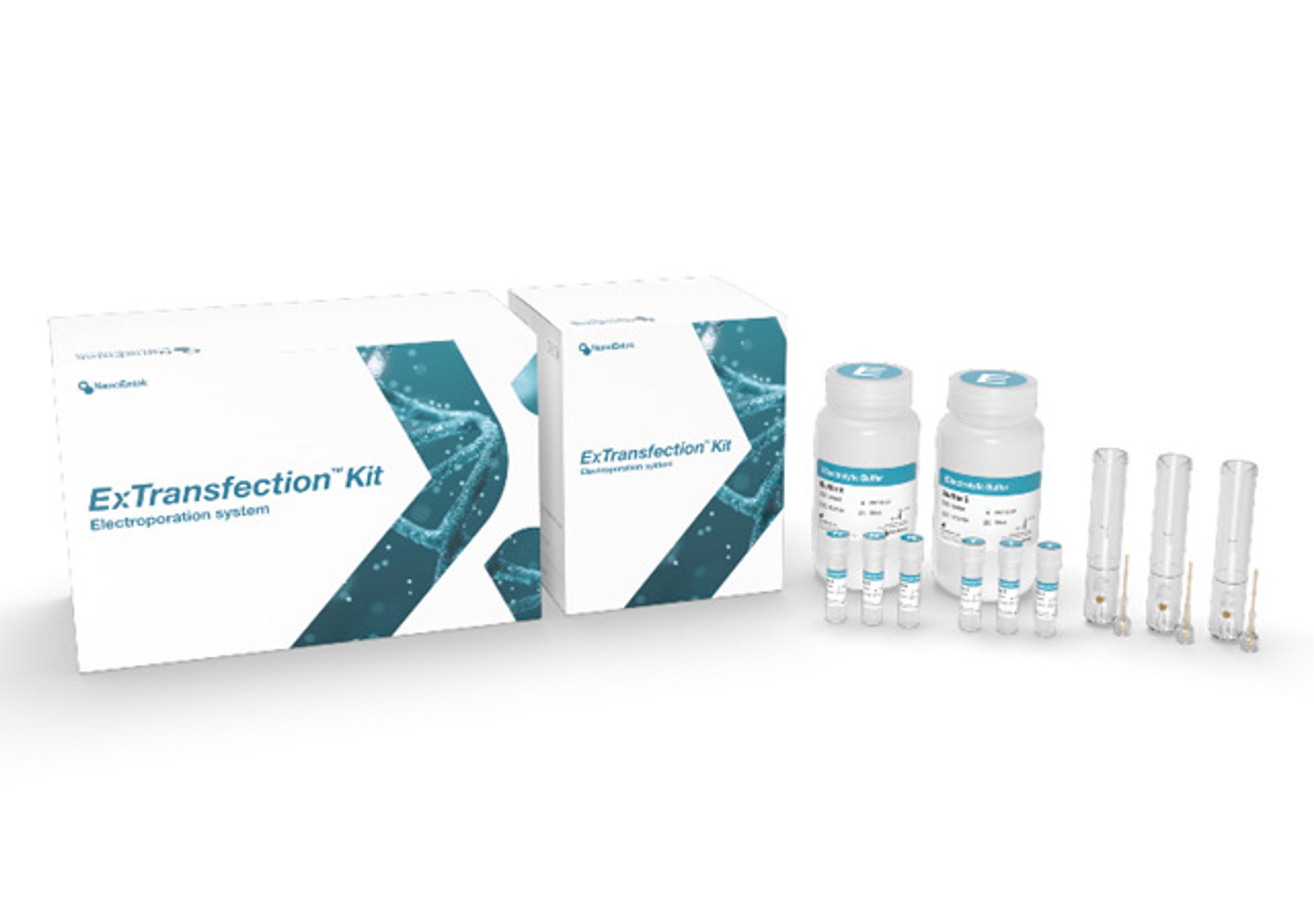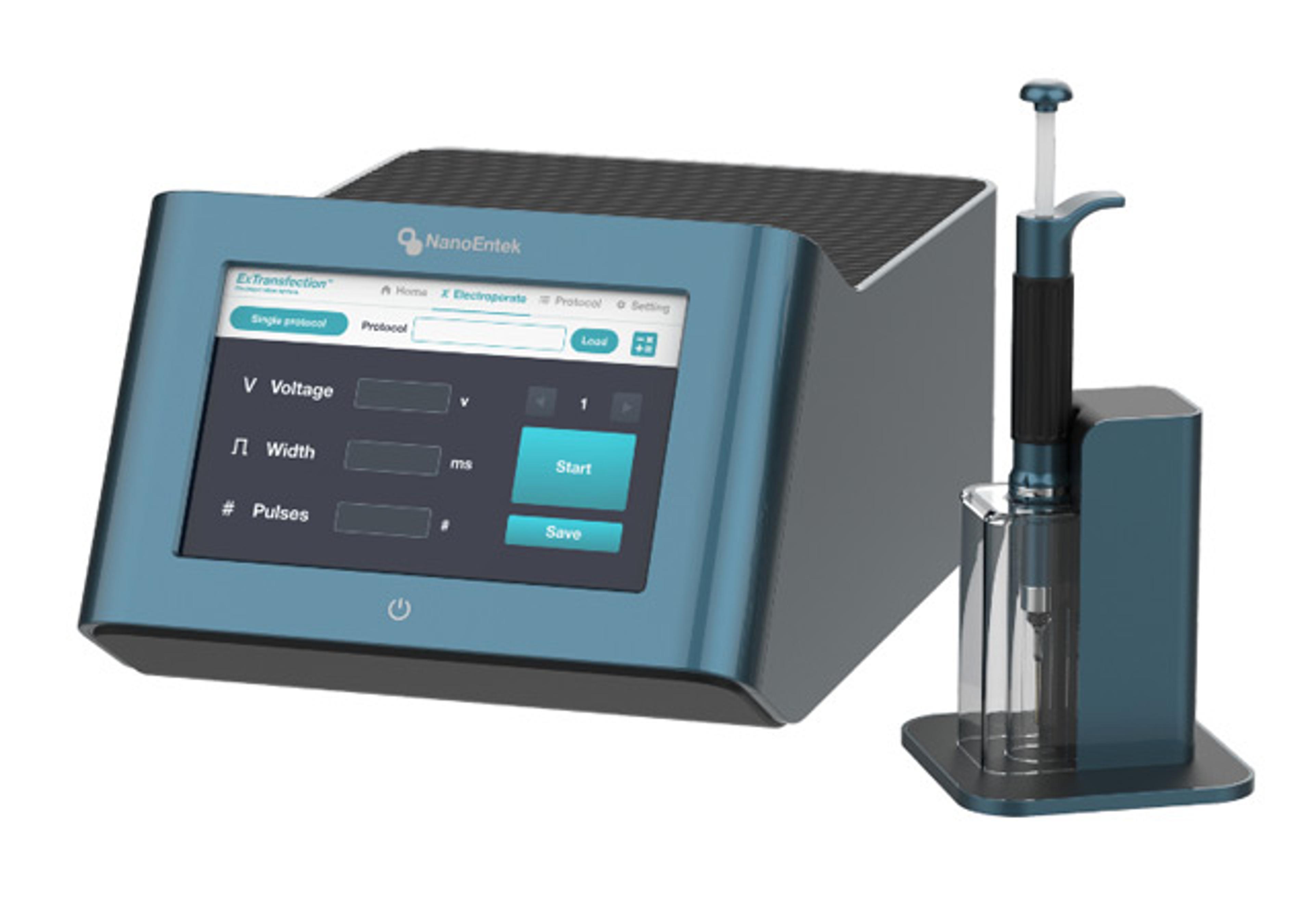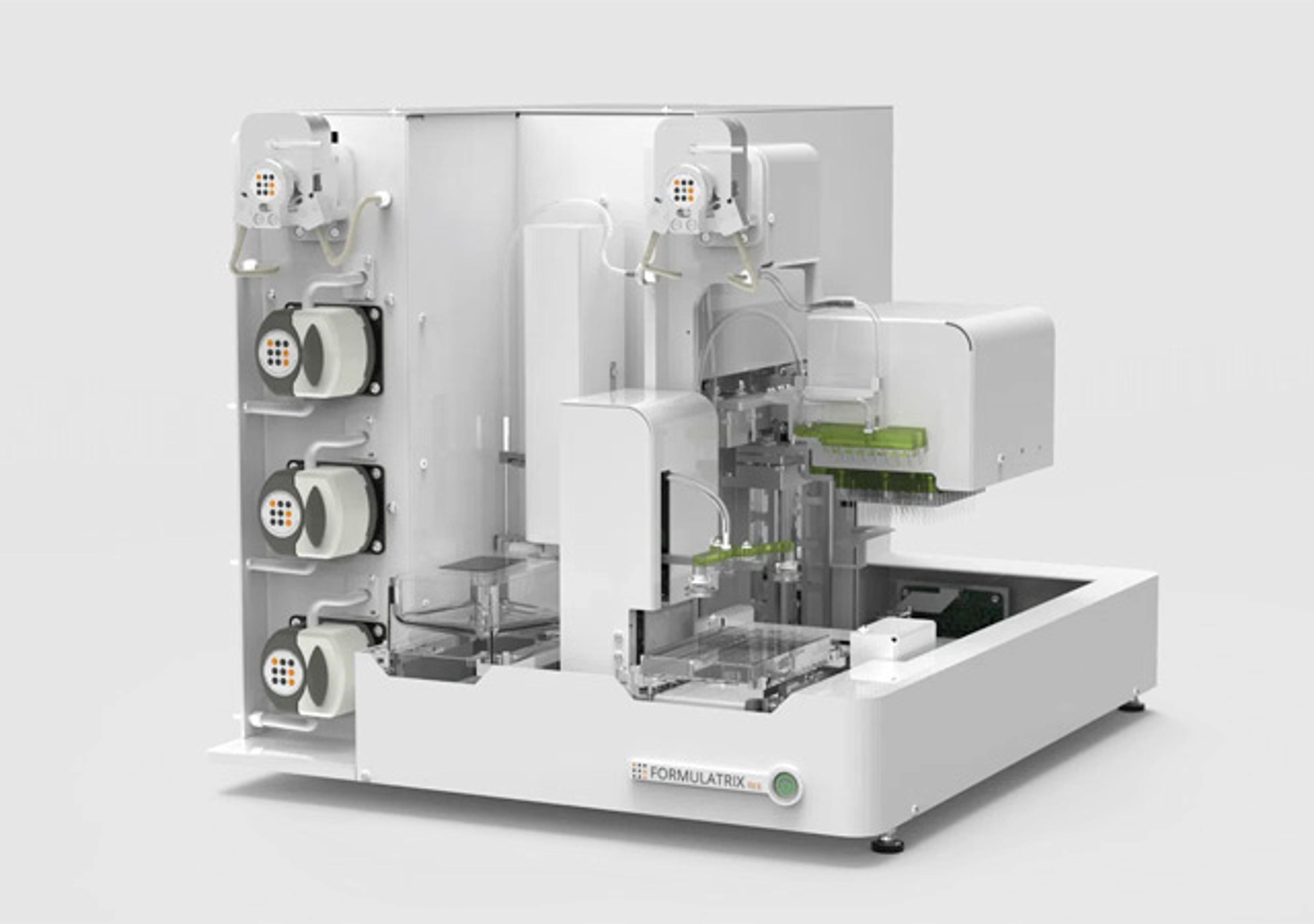sCD40 Ligand (human) High Sensitive
High Quality Assays with Reproducible and Reliable Results

The supplier does not provide quotations for this product through SelectScience. You can search for similar products in our Product Directory.
The human sCD40 Ligand ELISA is an enzyme-linked immunosorbent assay for the quantitative detection of human sCD40 Ligand (sCD40L). The human sCD40 Ligand ELISA is for in vitro diagnostic use. Not for use in therapeutic procedures.CD40 belongs to the TNF receptor superfamily. While the biological role of some of the ligand-receptor pairs in this family still remains obscure, CD40 has proven its importance. A key role of CD40/CD40ligand interactions in immune activation, particularly in T-cell dependent B cell responses is anticipated. This molecule as well as the other ligands of the family share the property of co-stimulation of T-cell proliferation and are all expressed by activated T-cells. The programmed cell death has been suggested to be involved in clonal elimination of self-reactive lymphocytes for the normal function of the immune system. Interaction with membrane bound self antigens may eliminate self-reactive nature B cells by apoptosis. Antigen-receptor mediated B cell apoptosis is blocked when a signal is transduced via the CD40 molecule on the B cell surface. Because the ligand of CD40 (CD40L) is expressed on activated T helper cells, B cells may escape from apoptosis and are activated when the immune system interacts with foreign antigens, which are normally able to activate T-helper cells. Thus the CD40/CD40L interaction plays a central role in the various phases of the B cell response to T-dependent antigens. Taken together, B cells can participate in regulating their own destruction. Protection against Fas-dependent apoptosis afforded by immunoglobulin-receptor engagement may constitute a fail-safe mechanism that eliminates bystander B cells activated by CD40L-expressing T cells, but ensures survival of antigen-specific B cells. CD40 Ligand is expressed on the surface of activated CD4+ T cells, basophils, and mast cells. Binding of CD40L to its receptor, CD40, on the surface of B cells stimulates B-cell proliferation, adhesion and differentiation. A solubleisoform of CD40L has been shown to exist in the circulation. This soluble molecule is a homotrimer of a 18kDa protein exhibiting full activity in B cell proliferation and differentiation assays, is able to rescue B cells from apoptosis and binds soluble CD40. CD40L is discussed in relation to a potential role in supporting B cell tumors and it has been discovered that the molecular defect in the X-linked Hyper-IgM-Syndrome is targeted to the CD40L gene, it is functional involved in B cell hybridomas and chronic lymphocytic leukemia as well as several autoimmune diseases.2 Ananti-human sCD40L coating antibody is adsorbed ontomicrowells.Human sCD40L present in thesample or standard binds to antibodies adsorbed to the microwells and the HRP-conjugatedanti-human sCD40L antibody is added and binds to human sCD40L captured by the first antibody.Followingincubation unbound HRP-conjugated anti-human sCD40Lis removed during a wash step, and substrate solution reactive with HRP isadded to the wells.A coloured product is formed in proportion to the amount of human sCD40L present in the sample or standard. Thereaction is terminated by addition of acid and absorbance is measured at 450nm. A standard curve is prepared from 7 human sCD40Lstandard dilutions and human sCD40L concentrationdetermined.


















